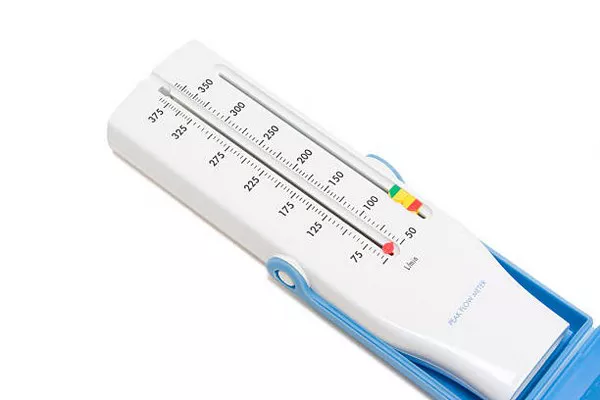In the realm of meteorology, weather stations employ an array of instruments to measure various atmospheric conditions, contributing to the accurate prediction and tracking of climate changes. Among these instruments, a crucial tool stands out—the barometer. This article delves into the significance of barometers, exploring their functionality and historical evolution while shedding light on different types.
What is a Barometer and Its Purpose?
A barometer, categorized as a meteorological instrument, serves the purpose of measuring air pressure in a given atmospheric environment. It plays a pivotal role in the seamless operation of weather stations, working in conjunction with other tools to assess prevailing and forthcoming weather conditions. Moreover, barometers find applications in aviation, aiding in altitude measurement.
The longevity of barometers in human history attests to their importance. Whether used independently or integrated into a broader system, the barometer’s role remains indispensable. Over centuries, the design and utilization of barometers have evolved, resulting in a diverse range of barometer types.
Historical Perspective
The concept of measuring air pressure traces back to 1631 when René Descartes proposed a design for a trial, though it lacked evidence of execution. The credit for inventing the barometer goes to Evangelista Torricelli in 1643, who, contrary to contemporary skepticism, demonstrated that air in the atmosphere exerted specific weight and pressure on the land below. Torricelli’s experimentation with mercury as the barometric fluid also led to the creation of the mercury thermometer.
Blaise Pascal later refined Torricelli’s design, validating its effectiveness. This historical journey highlights the challenges faced by early scientists due to societal beliefs and political circumstances.
Exploring Barometer Types
Barometers come in various types, each designed with specific functionalities tailored to meteorology. The four main types are the mercury barometer, water barometer, aneroid barometer, and digital barometer.
1. Mercury Barometer
The oldest among them, the mercury barometer, features a flat pan design sealed with a vertical glass tube filled with mercury. As atmospheric temperature changes, it exerts pressure on the mercury, causing it to rise or fall. This design, originating in 1643, remains a foundational concept in barometer history.
2. Water Barometer
Also known as the weather ball barometer, this type, designed by Johann Wolfgang Von Goethe, features a sealed glass container with a narrow spout filled with water. Changes in air pressure cause water movement, offering a simplistic yet effective design.
3. Aneroid Barometer
Invented in 1844 by Lucien Vidi, the aneroid barometer comprises a sealed metal box connected to a spring. Changes in air pressure influence the metal box, altering spring tension, which, in turn, controls the displayed air pressure on the indicator.
4. Digital Barometer
Modern and widely used, the digital barometer employs a detection cell sensitive to both air temperature and atmospheric pressure. Changes in electrical conductivity relay information about air pressure, making it a versatile and compact option.
How Barometers Work
1. Mercury Barometer
Commonly known as the Torricellian barometer, it features an open flat container filled with mercury. As air temperature increases, it pushes down on the mercury, causing it to rise, and vice versa. Proper calibration ensures accurate measurement markings on the glass tube.
2. Water Barometer
This variant, also known as a weather ball, consists of a sealed glass container with a spout. Rising or falling air pressure results in corresponding water movements within the spout. Calibration improves accuracy in measuring water level changes.
3. Aneroid Barometer
Metal capsules within a sealed container are connected to a spring under tension. Increased air pressure compresses the metal capsules, altering spring tension, and subsequently adjusting the needle on the barometer face. Calibration ensures precise readings.
4. Digital Barometer
Utilizing a detection cell, the digital barometer measures air temperature and reacts to atmospheric pressure changes, altering electrical conductivity. The resulting electrical current change is then displayed as air pressure.
5. Placement Considerations
Choosing the right location for a barometer is crucial. While some work better indoors, others are suitable for outdoor use. Regardless, placing the barometer in shade, away from direct sunlight and heat exposure, ensures accurate readings. It should also be shielded from drafts and strong winds, placed on a stable surface to prevent unintended disruptions.
SEE ALSO What Is The Oldest Anemometer?
In conclusion
understanding the intricacies of barometers, their historical significance, and the diverse types available contributes to an enhanced appreciation of their role in meteorology. As essential components of weather stations, barometers exemplify the evolution of scientific instruments that have stood the test of time, providing valuable insights into our ever-changing atmosphere.

